We’ve all seen this one, or read it. Detective assigned to the case visits the crime scene after forensics and photographers and search teams have conducted their examination of the location. He wanders around soaking up the atmosphere and getting his head around the evidence. Then something catches his eye. A glint or a twinkle or something out of place. He crouches down and moves some obstruction and finds the vital clue that points toward the killer/rapist/whatever. Happens all the time. Chalk one up for the good guys.
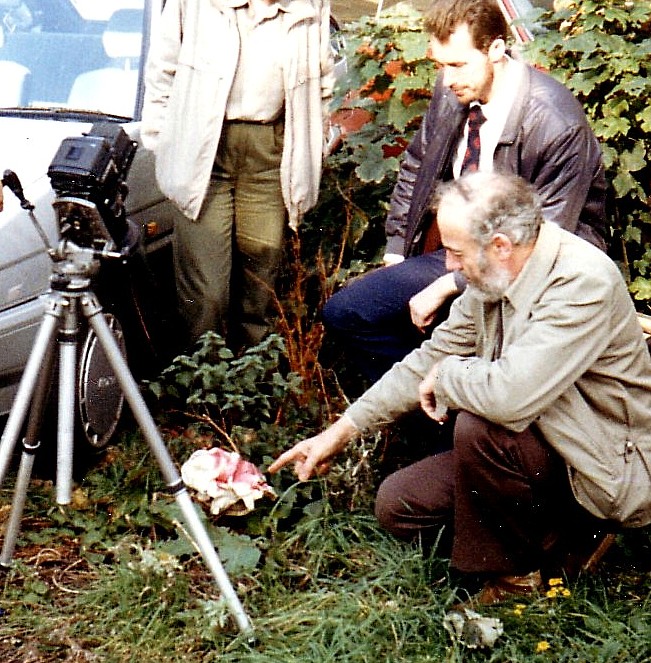
Of course in reality the scene will have been picked cleaner than a bone in a piranha tank. I know, because 15 of my 30 years in the police service were as a Scenes Of Crime Officer in West Yorkshire. SOCO. Same as CSI only with less money. And I can tell you that a murder scene gets such a focussed examination that nothing gets left unseen. Footprints. Fingerprints. Hair. Fibres. Blood, snot, and sweaty nose prints on the window. The works. None of it gets overlooked. Nothing gets left for the wandering detective to stumble across as he ponders the case.
I remember once, a murder with lots of blood and snot. Lots of activity prior to it becoming a crime scene. Don’t forget not everyone’s dead straight away. A fatal stabbing might start as a medical emergency. Paramedics and frontline officers on the scene have to preserve life. First rule. If that doesn’t work then it becomes a death. That means leave everything as it is. Photograph it all. Medical debris. Disturbed furniture. Footprints. Everything. Then you have to eliminate footprints from anyone legitimately at the scene. Match them with first officers, paramedics, and anyone who tried to help. Seize the footwear until it’s cleared. That can be a lot of shoes. This one time I’m talking about, there was a lone unexplained footprint. So even the SOCOs had to submit their shoes. Turned out to be the SOCO sergeant who took the photographs without wearing overshoes. Lost his shoes for six months. So nothing gets missed. Wandering detectives beware.
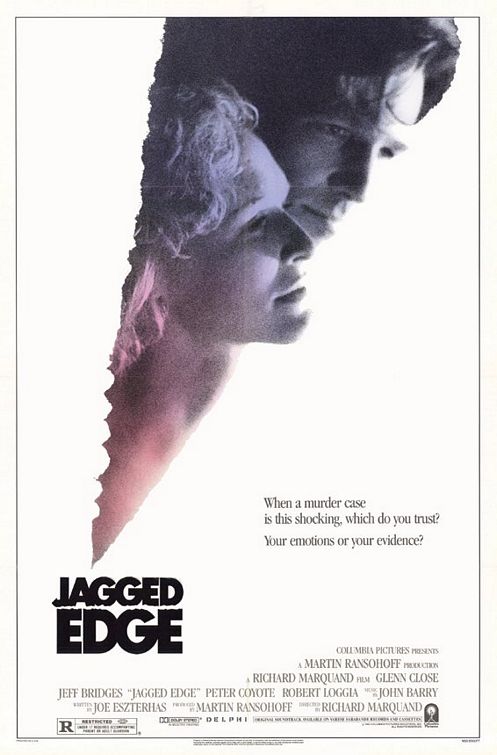 That’s in real life. In fiction it’s a whole other ballgame. Movies especially. I saw, Jagged Edge, again recently and was amused at the scene where detectives visit the house where a woman has been tied up and stabbed in the bedroom. The lead detective goes up the stairs using the banister rail for support. He does his thing in the bedroom then comes back down. Just as the forensic team are dusting the banister for fingerprints. Oops.
That’s in real life. In fiction it’s a whole other ballgame. Movies especially. I saw, Jagged Edge, again recently and was amused at the scene where detectives visit the house where a woman has been tied up and stabbed in the bedroom. The lead detective goes up the stairs using the banister rail for support. He does his thing in the bedroom then comes back down. Just as the forensic team are dusting the banister for fingerprints. Oops.
Not the only time either. At the beginning of, Basic Instinct, Michael Douglas arrives at the murder of a rock star stabbed to death on his bed during sexual shenanigans. The forensic fellas are spraying the bed for semen and using a UV lamp and special glasses to prove he, “Came before he went,” as John Dzundza says. They wander around the bedroom picking up items and generally milling around. No sign of the floor being examined for footprints. No rubber gloves or plastic overshoes.
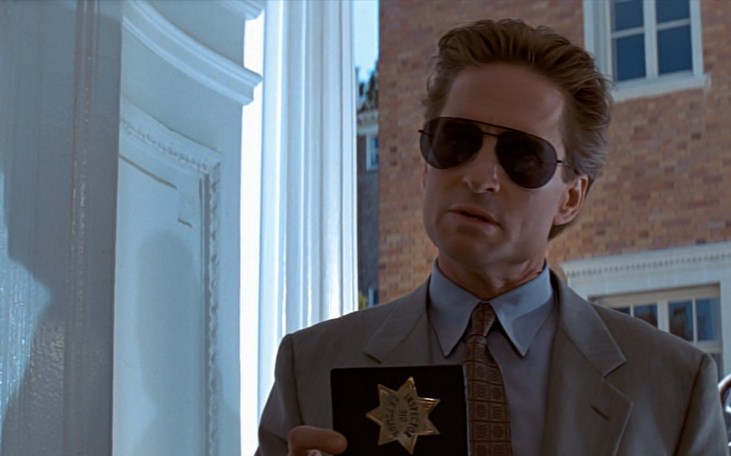
In books it’s harder to pin down since a lot is left to the readers’ imagination. Some make a point of including evidence gathering and preservation to good effect. Harry Bosch does a great job at the beginning of Michael Connelly’s, Black Echo. He takes care not to contaminate the scene and tells the forensic team what he wants them to examine among the detritus of a well-used tunnel.
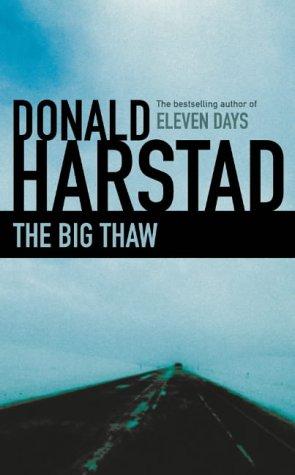 Donald Harstad is similarly intelligent in, The Big Thaw, when Deputy Sheriff Carl Houseman discovers a crime at a farm in the depths of winter. He avoids disturbing the snow or using the same entrance as the intruder to preserve it for fingerprints. All good technique. Often the first officer on the scene has to make snap decisions, especially where preserving life is concerned, but so long as he marks out the approach he used for anyone coming along later the scene will only be disturbed along a common path and not all over the place.
Donald Harstad is similarly intelligent in, The Big Thaw, when Deputy Sheriff Carl Houseman discovers a crime at a farm in the depths of winter. He avoids disturbing the snow or using the same entrance as the intruder to preserve it for fingerprints. All good technique. Often the first officer on the scene has to make snap decisions, especially where preserving life is concerned, but so long as he marks out the approach he used for anyone coming along later the scene will only be disturbed along a common path and not all over the place.
That leads us to the thing all crime writers love to talk about. Never mind the forensic pathologists who manage to confront more criminals than the police, or the amateur sleuths who come across more dead bodies than Burke and Hare. Let’s take a look at the bane of a modern detective’s life, CSI.
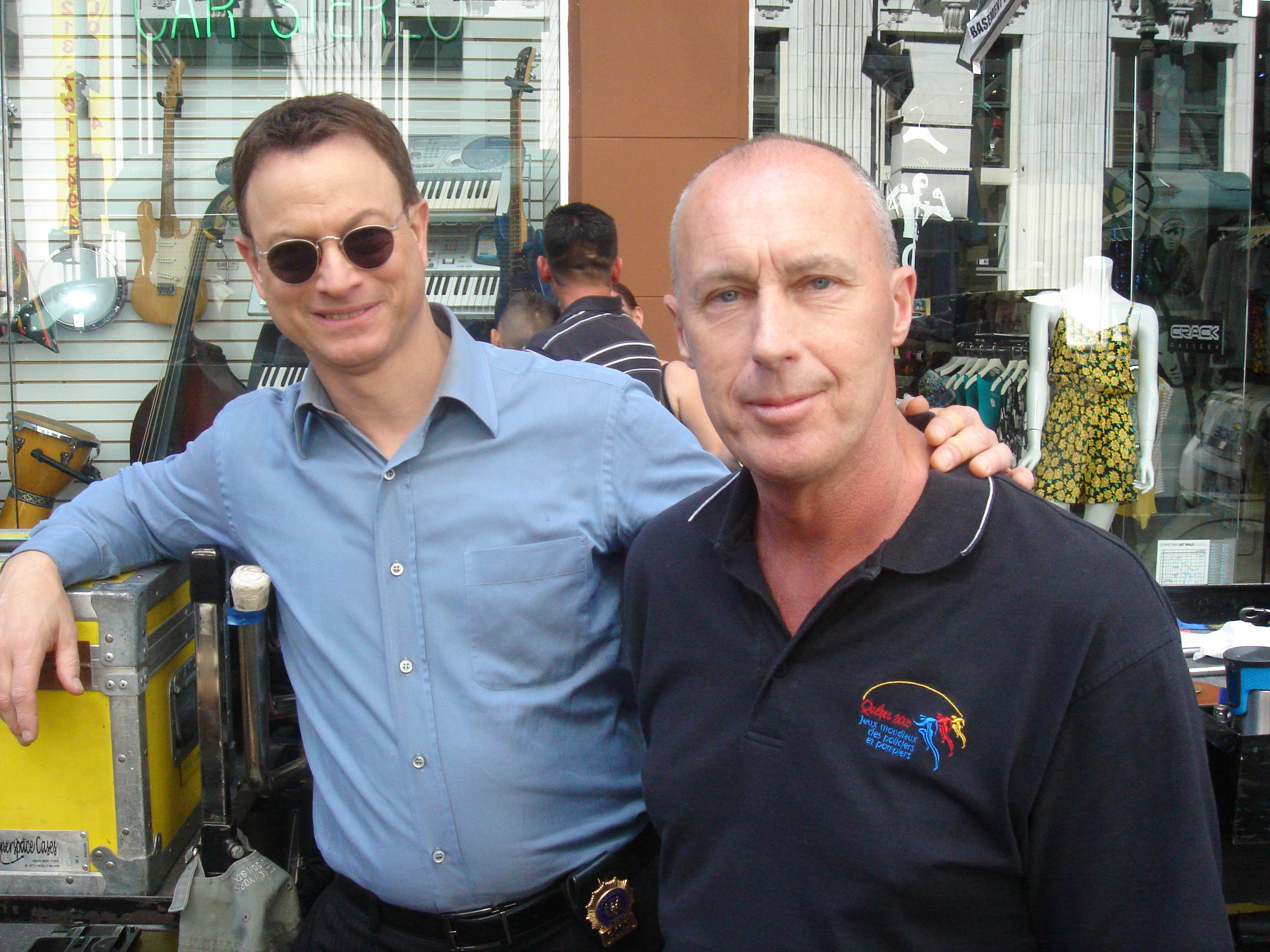
Not long ago I bumped into Gary Sinise filming, CSI-New York, in Los Angeles. Yes, I know. Better weather apparently. Anyway, after watching the filming I thought I’d better watch an episode since I hadn’t seen it before. It was very entertaining but the resources available dwarfed what I remembered from West Yorkshire Police. The episode I watched started with a body found burned in an alley. Among the dumpsters and rubbish and all that stuff. Within minutes they’d whipped out this fancy sniffer device that not only suggested petrol was used (we had to smell it for ourselves) but followed a trail to the point of ignition. Then they discovered a cigarette butt next to it and concluded it was the one that started the fire.
Now, most alleys I’ve been in are full of discarded fag ends but this must have been a clean alleyway. The butt is processed and a fingerprint matched by computer to a suspect with his photo and address. This was all in the first five minutes. Maybe an hour in real time. I was impressed. We’d have had to wait a week for the butt to be examined via tech process then a month or so while the prints were checked by hand. If you manage to get two or three adjoining fingers on one lift a computer might be able to come up with any suspects that have the same whorls, loops or tented arches in sequence but after that it would still be down to individual matching. Not to mention the fact that finding your print on a discarded cigarette butt only proves you’ve discarded a cigarette butt. No way it proves you’re the one that started the fire.
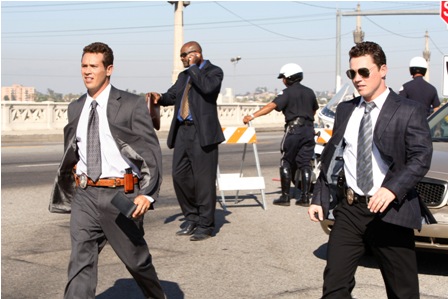 The show that gets it right more than any other? Southland. The most authentic cop show on TV. I watched an episode where a couple of detectives are crouched over a dead body under a bridge. Both put rubber gloves on and are careful not to touch anything around the bodies but the thing that struck me as exactly right was when one of them tucked his tie into his shirt so it didn’t dangle on the corpse. I know this from experience. Back in my SOCO days we used to dust for prints using aluminium powder and squirrel-hair brushes. Nasty grey stuff that stuck to everything. After a couple of times dipping my tie in the jar I started wearing a tie clip halfway up to hold it in place. Still didn’t work. The only way was to tuck the tie into my shirt whenever I examined a crime scene. Just like on, Southland. Good work boys. Keep the streets safe and don’t forget the rubber gloves and overshoes. It might not save lives but at least you won’t be six months without your favourite Hush Puppies.
The show that gets it right more than any other? Southland. The most authentic cop show on TV. I watched an episode where a couple of detectives are crouched over a dead body under a bridge. Both put rubber gloves on and are careful not to touch anything around the bodies but the thing that struck me as exactly right was when one of them tucked his tie into his shirt so it didn’t dangle on the corpse. I know this from experience. Back in my SOCO days we used to dust for prints using aluminium powder and squirrel-hair brushes. Nasty grey stuff that stuck to everything. After a couple of times dipping my tie in the jar I started wearing a tie clip halfway up to hold it in place. Still didn’t work. The only way was to tuck the tie into my shirt whenever I examined a crime scene. Just like on, Southland. Good work boys. Keep the streets safe and don’t forget the rubber gloves and overshoes. It might not save lives but at least you won’t be six months without your favourite Hush Puppies.
_____________________________________________________________________
Colin Campbell is a retired UK police officer and his latest novel, Northern eX, is available from Severn House Publishers. http://www.campbellfiction.com

Great post–I was nodding my head throughout. I am not a law enforcement officer but a private investigator (as well as a mystery author) and you’re right that CSI is the bane of our existence, too. DNA collected on every conceivable suspect in every crime scene? Ha! Many crime scenes (and suspects) are never even recognized as such, especially in small-town or rural (and now underfunded) America.
Thanks to these TV shows, my (naive) clients expect me to have all this hi-tech gear and be willing to do all these illegal tasks. And private investigators have no special authority, unlike the police, so I can hardly compel anyone to do anything. It can be a bit depressing to have to explain the real world to them.
It’s much more fun to write fiction, where I can always make justice prevail.
[url=http://www.pamelabeason.com]http://www.pamelabeason.com[/url]
Great article. Explains why I spend half the time rolling my eyes and the other half yelling at the TV – that’s not the way it works! My husband keeps having to remind me it is just TV. I wish we had HALF the toys that are available to the TV analysts.
Diane. Aint that the truth. But until they invent Smell-o-vision TV will never get it right.
Colin –
I believe they tried that in movies. It was called Odorama or something similar and included a scratch-and-sniff card when you entered the theater…
Scratch and sniff crime scenes. Now wouldn’t that be something. Odour of puke. Or autopsy aroma. Not forgetting voided bowel syndrome. Most dead people having no control over that particular function. Takes me back. Glad I retired.
Nice post. No autopsy aroma please, takes a week to get the bad smell out of your head. Same amount of time to get fingerprint powder out of your nose, you sneeze black forever. I was a crime scene tech when CSI came out and it was the bane of my existance, all the victims following you around saying, “you can get fingerprints off that, they do in CSI!”
I work for a smaller department and we don’t have all the whiz bangs they do on tv but we’ve been lucky and have some. I still end up shaking my head a lot though while watching TV shows and movies. Oh, I like Donald Harstad’s books. I live in the Midwest and know the country he bases his books in pretty well.